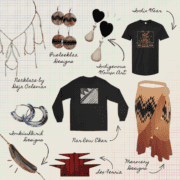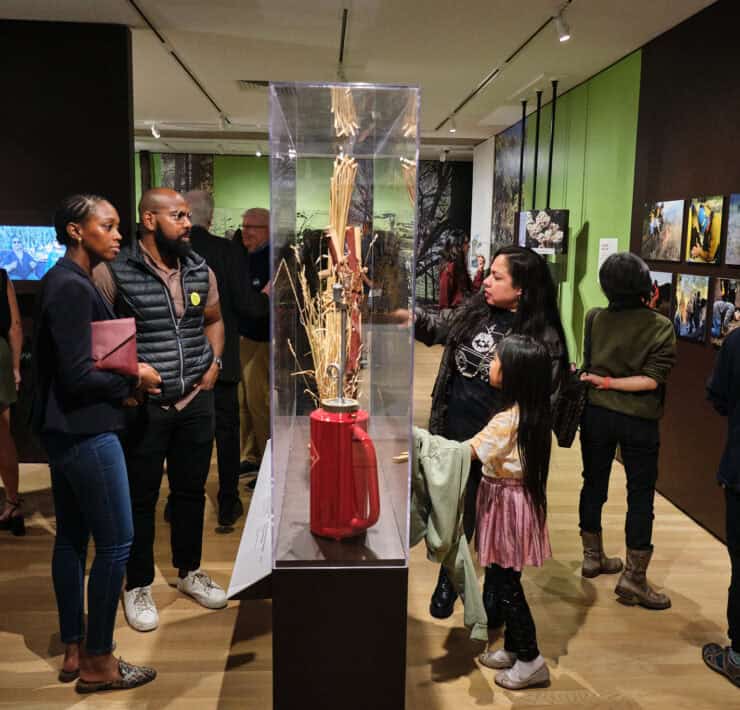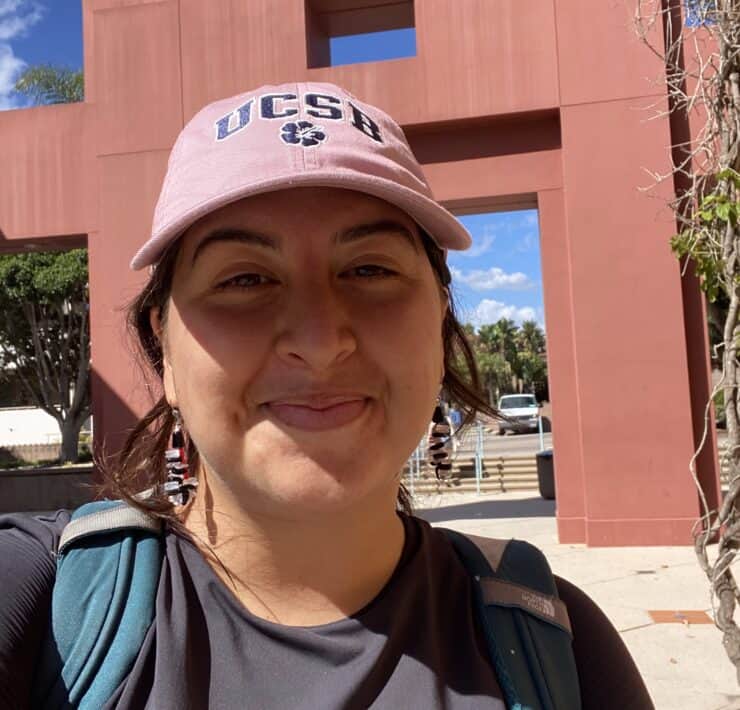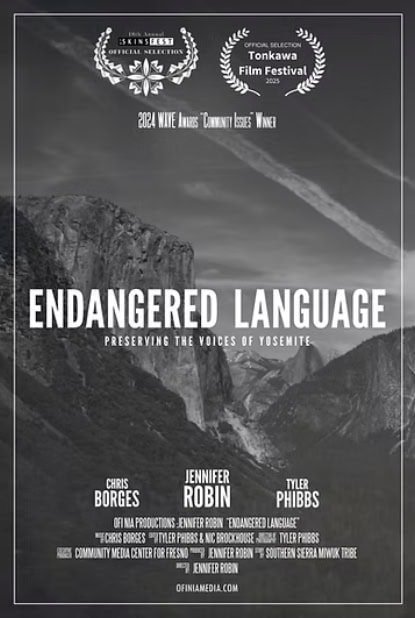
By Muriel Ammon
The Advocates for Indigenous California Languages has a new pilot initiative in support of California Native language use: The Family Language Program. Teams and individuals who have graduated from the well established Master Apprentice Program (MAP) are offered another opportunity through AICLS to delve into their Native languages. This is a wonderful expansion that serves to invite in family members and folks that may have been on the periphery of a Master Apprentice Program.
AICLS has been a supporting pillar of my family’s language experience for decades. My father, Danny Ammon, learned Hupa language from elders including Calvin Carpenter ne’n, Jimmy Jackson ne’n, and Clarissa Stone ne’n. Ammon was among a cohort of young learners, interested in the language at a time when elder speakers were impassioned to teach what they knew, and so pass along Hupa language and culture. This group would become Hupa language teachers at the elementary school, high school, community college, and in the community. Thank you to Melodie George-Moore, Jackie Martins, and Gordon Bussell for your work and positive and proliferative contributions to the community. As part of his MAP work, my dad kept videos (on VHS) of several working sessions with his language mentors. This was invaluable to me, for I got to relate to my dad as a young person, get a glimpse into the personalities of elders I had known as a baby, and see the people who were on the periphery of his MAP team. People like my Aunt Shelly, who was the videographer of these tapes, were around these elder speakers just as my dad was. Their support reminds me that language revitalization goes beyond the teacher-student groupings. Our languages are loved and supported through family and community ties, and everyone has a role.
I was so fortunate to complete a Master Apprenticeship with my dad as my mentor. We began at the start of the pandemic, and spent our time at home, in our village Łe:lding. My dad planned cultural activities that introduced me to Native plants and surrounding Tsnungwe sites. It was April, everything was fresh and in bloom. We walked the village trails, stopping now and then for an eye-catching plant. I took pictures of the qus-kyoh, ts’e:y-łitsow, the k’e:k’ilye:ch’, and the bahshe:l tree, recording my dad saying their names. He taught me which plants were special to our village, breaking down their names. He showed me how these meanings related to their description or their uses. The lilacs were in bloom, and just the thought of these sweet, stunning flowers brings me back to our intensive weeks studying there. What I didn’t know was that there are also wild lilacs, native to California. Driving up the mountain, we saw wild lilacs that were all mostly white. This confused me, since their name, ts’e:y-łitsow, means blue bush. But in fact, some wild lilacs in our area are the palest shade of blue. We got out of the car and picked some sprigs, running them through our hands under water, just as my ancestors used to when they used ts’e:y-łitsow as a soap. Driving up the mountain, my dad took me to several old village sites, regaling me with family histories from the time of contact up to present day. These adventures sparked several interests in me, which I was able to explore throughout the course of our MAP journey.

ts’e:y-łitsow, Ceanothus thyrsiflorus

Danny Ammon pointing across the river to Tsnungwe village Ta:k’iwilts’il-q’it.
It was a joyous occasion graduating from the MAP program. Of course my family was proud of me, and I was proud to tell others what I had accomplished. I knew my Hupa language journey would carry on, through many wonderful avenues, and yet I felt a loss. I wished to continue MAP. It’s a wonderful thing to get paid to learn your language. More than that, it had been my system. I kept track of hours, of projects, I organized my language documents, in accordance with my MAP journey. It was all about to change. Even though we had graduated, AICLS director Carly Tex and program coordinator Carmen Moreno invited us to AICLS conferences and we maintained friendships with the other teams.
Then AICLS created a prototype for a new program, and asked us to join! The Family Language Program would target teams who had completed MAP, in support of continued language use, language immersion, and language in the home. My dad and I found that there were more in our circle we wished to include. My mom, reminded of speaking to me when I was little, and in support of me teaching Hupa language to young children, agreed to be part of our team. My dad had just started his second year teaching Hupa language at the local community college, and we were both signed up for his course. My siblings passed on being written into the paperwork, but there was a new door for them to join in on our language learning. It wasn’t just Muriel and Dad anymore. It was open to all of us, no matter how passionate we felt about language or if language was our special interest. And we asked Verdena Parker if she would join our family team, since she is our elder teacher and relative, and she agreed. I think this is the genius of the Family Language Program. It unites larger groups of people, and comes with the understanding that, whatever your experience with the language (even if it feels like none), it is enough for you to be included.

Jim Larimore honoring Danny Ammon at the Stanford Multicultural Alumni Hall of Fame Induction.

Bonnie Ammon and Cassandra Nordstrand celebrating at Muwekma
Just this weekend, my dad was inducted into the Stanford Multicultural Alumni Hall of Fame, for his years as a teacher and his community impact. He’s been a teacher for a long time, and most people I talk to in Hoopa have taken math or Hupa language with him. Six of his Hoopa High students are currently attending Stanford, and it was a pleasure to visit them all. Shout out to Jazzmine Kinney, Trey Crawford, Libby Hailey, Nalani Colegrove, Rian Tracy, and Julia Jackson. #GoStanford. And a special thank you to all the people that support my dad and our family, so that he is able to live his dream of teaching Hupa language.









